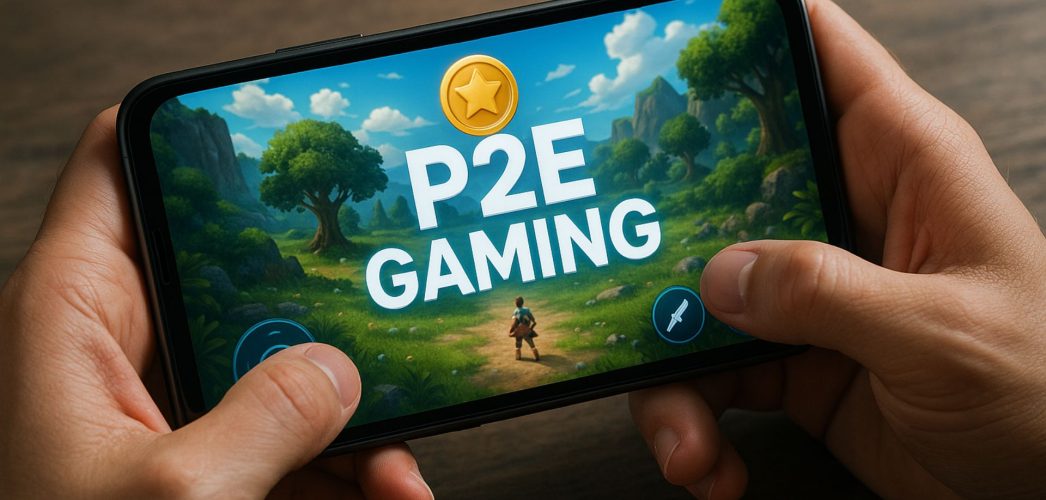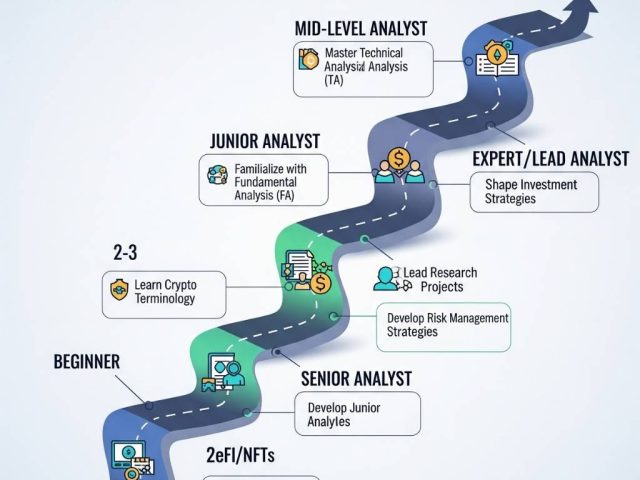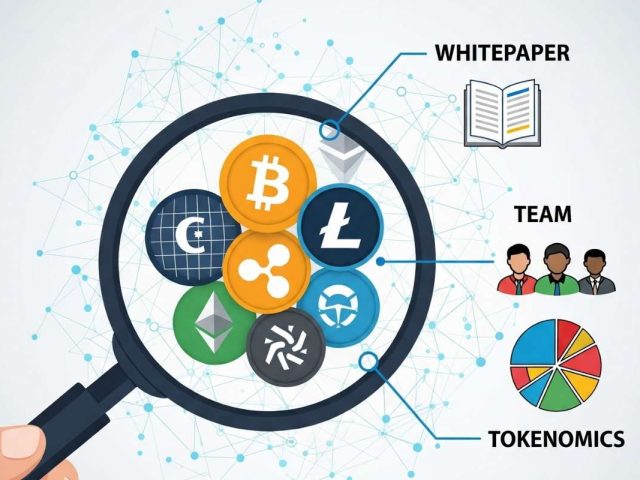The buzz around Play-to-Earn (P2E) gaming reached fever pitch in recent years, promising a revolutionary model where players could earn real-world value simply by engaging with their favorite games. As we navigate 2025, the mobile P2E landscape hasn’t just grown; it has matured, evolved, and learned some hard lessons. The initial gold rush mentality has subsided, replaced by a more discerning market that demands quality gameplay alongside financial incentives. Mobile platforms remain the crucial gateway, potentially onboarding billions into Web3, but the path forward is paved with both opportunity and significant challenges.
The Shifting Sands: From Play-to-Earn to Play-and-Earn
The core idea of P2E – earning valuable digital assets like cryptocurrency or NFTs through gameplay – remains compelling. However, 2025 sees a marked evolution towards “Play-and-Earn” or “Play-to-Own” paradigms. Why the shift? Early P2E models often prioritized token speculation over engaging gameplay. When the crypto market tide went out, many projects built on shaky economic foundations were exposed, leading to instability and player disillusionment.
Developers now recognize that long-term success hinges on delivering genuinely fun experiences. Earning mechanics are increasingly viewed as a supplementary layer, a bonus for engagement, rather than the sole reason to play. This forces P2E games to compete on entertainment value, raising the bar for design, polish, and overall quality, striving for parity with successful traditional mobile games. The “Play-to-Own” aspect further emphasizes true digital ownership, giving players real control over their hard-earned in-game assets.
Spotlight on Top Mobile P2E Games for 2025
Despite market corrections and the high failure rate of early projects, several mobile P2E games stand out in 2025, demonstrating resilience, innovation, or significant community backing. Here’s a glimpse at some key players:
- Axie Infinity: The TCG/creature-battler that ignited the P2E craze remains highly relevant. Available on mobile (Origins via direct download/APK), it’s navigating ecosystem maturity challenges and expanding with new experiences like Homeland (land strategy) and the planned Atia’s Legacy MMO. Its complexity is growing, catering to diverse interests but potentially fragmenting its base.
- Splinterlands: This fast-paced, auto-battler TCG thrives on strategic depth and a robust economy on the Hive blockchain. Accessible via mobile app, it prioritizes complex gameplay and multiple earning avenues (battles, rentals, land) over flashy graphics, catering effectively to dedicated strategy fans.
- Gods Unchained: A tactical TCG aiming for AAA quality, heavily inspired by giants like Magic: The Gathering. It emphasizes true NFT card ownership on Ethereum/Immutable X. While its mobile app exists, initial reviews highlighted stability issues, underscoring the challenge of delivering a polished mobile experience that rivals Web2 counterparts.
- The Sandbox: A leading voxel-based metaverse platform focused on User-Generated Content (UGC). While immensely popular for creators using its PC/browser tools (VoxEdit, Game Maker) to build experiences on LAND NFTs, its mobile P2E relevance in 2025 is limited, likely offering a more consumption-focused experience.
- STEPN: The pioneer of Move-to-Earn (M2E) gamifies fitness, rewarding users with GST/GMT tokens for real-world movement via its native mobile app. While highly motivational, its economic model is sensitive to market volatility, highlighting the challenge of balancing fitness incentives with sustainable tokenomics.
- Thetan Arena: Blending MOBA and Battle Royale genres, this mobile-first title offers fast-paced PvP action. It features a free-to-play entry point alongside NFT heroes for enhanced earning, but faces the delicate balancing act between F2P fun and P2E grind/sustainability.
- Skyweaver: This strategic TCG stands out with its fair F2P model, allowing players to unlock all base cards through gameplay. Its P2E aspect is less direct, focusing on NFT card collectibility (traded via USDC stablecoin) and rewards from its competitive Conquest mode, rather than per-match earnings. Mobile access is good, though some features like the marketplace might be limited.
- Pirate Nation: An emerging, fully on-chain pirate-themed RPG accessible via browser (including mobile). Notable for its focus on easy onboarding (free mints, social logins) despite its complex on-chain architecture, aiming to attract mainstream gamers by minimizing crypto friction.
The Reality Check: Earning Potential vs. Risk
Can you actually earn significant money playing mobile P2E games in 2025? The short answer is: it’s complicated and risky.
While earning is possible, the potential returns are highly volatile and unpredictable. The value of earned tokens (like SLP, SPS, GODS, GMT) and NFTs fluctuates wildly with market sentiment, project developments, and speculation. Earnings reported during peak hype cycles are often unsustainable; recent reports suggest earnings can be modest (e.g., ~$10/month in SLP for some Axie players).
Furthermore, risk is inherent:
- Market Volatility: Your earnings and the value of your NFT assets can plummet overnight.
- Economic Instability: Many P2E economies struggle with inflation or unsustainable models that rely heavily on new investment, sometimes resembling Ponzi structures.
- Regulatory Uncertainty: The legal landscape for P2E, crypto, and NFTs is still evolving globally.
- Investment Required: While F2P options exist, significant earning often demands upfront investment in NFTs or tokens, ranging from tens to thousands of dollars. There’s a real risk of losing this capital.
- Time Commitment: Earning often requires considerable time investment, frequently involving repetitive tasks or “grinding.”
Calculating a reliable ROI is notoriously difficult. Players must weigh the potential rewards against the very real financial risks and time commitment involved.
Beyond the Hype: What Makes a P2E Game Stick?
As the market matures, it’s clear that financial incentives alone aren’t enough. The “fun factor” is paramount. Player feedback consistently highlights frustrations with bugs, poor game balance (perceived pay-to-win), and declining earnings. There’s a growing demand for games that are enjoyable first, with earning as a bonus.
Sustainability is the other key pillar. Games with robust economies, effective token sinks (mechanisms to remove tokens from circulation), diverse revenue streams beyond new player investment, and engaging core loops that retain players intrinsically are more likely to endure.
The Road Ahead: Future Outlook for Mobile P2E
The mobile P2E sector will continue to evolve rapidly. Key trends to watch include:
- Play-and-Earn Dominance: Expect the focus on quality gameplay integrated with ownership/earning mechanics to become the standard.
- Improved Mobile UX: Developers will strive for more seamless mobile experiences, simplifying wallet integration and reducing blockchain friction.
- Sophisticated Economies: Game economies will likely become more complex, incorporating better inflation controls and potentially revenue-sharing models.
- Persistent Challenges: Scalability, regulatory hurdles, and achieving true mainstream adoption remain significant obstacles.
Conclusion
Mobile Play-to-Earn gaming in 2025 presents a fascinating, albeit complex, picture. The landscape has shifted from speculative frenzy towards a more grounded approach where gameplay quality and sustainable economies are crucial. Leading games like Splinterlands, Gods Unchained, Axie Infinity, STEPN, and The Sandbox, alongside promising newcomers, offer diverse experiences.
However, the allure of earning must be tempered by a realistic understanding of the significant risks and volatility involved. Success in this space requires careful research, risk management, and often, a genuine enjoyment of the game itself. As the technology and economic models continue to mature, mobile P2E holds the potential to further reshape how we play, own, and interact within virtual worlds, but navigating this frontier requires both enthusiasm and caution.





